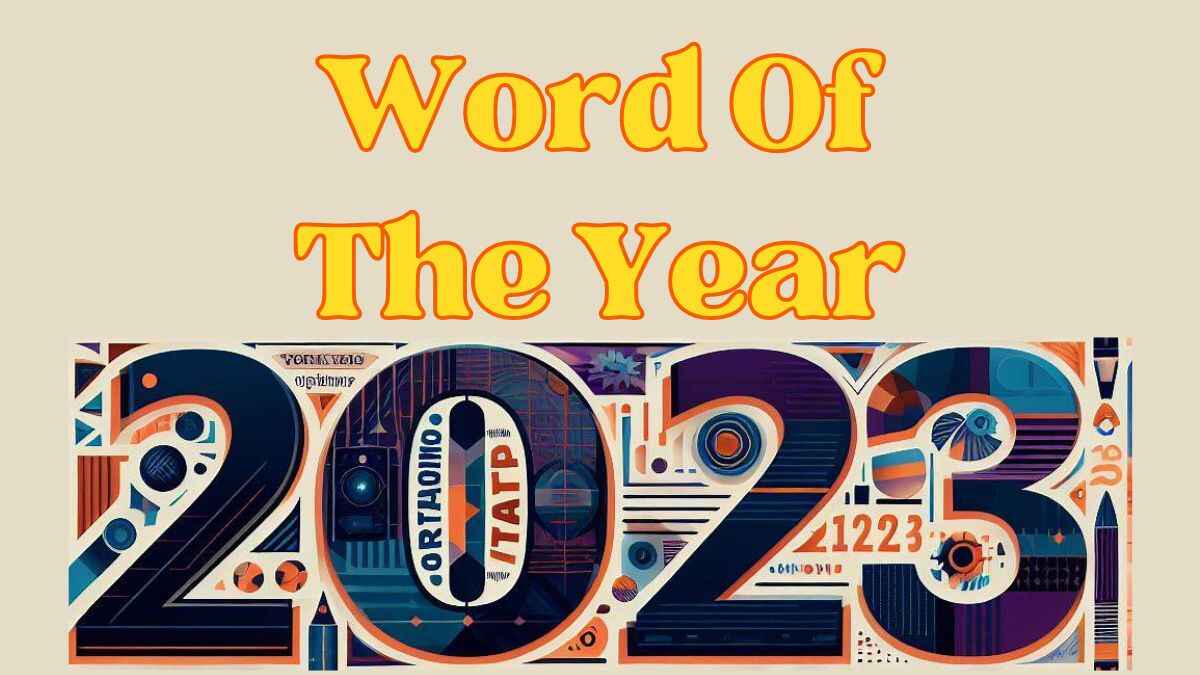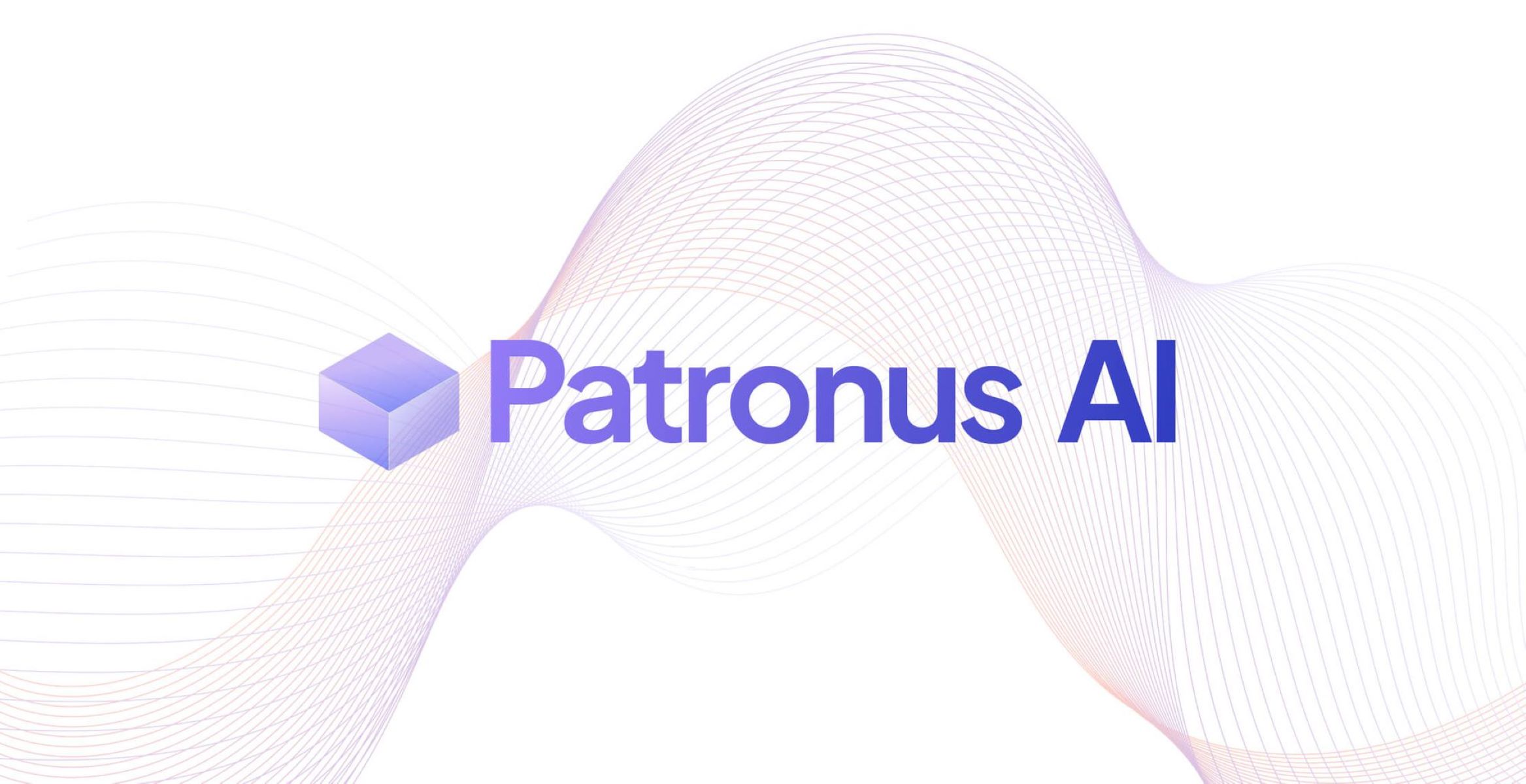Large language models (LLMs) like OpenAI’s ChatGPT have gained significant attention for their tendency to generate incorrect or nonsensical information. These models, although impressive in their ability to generate text, often suffer from a phenomenon called hallucination. Hallucination refers to the LLMs’ propensity to invent facts or make up information that is not accurate. This issue has raised concerns, as it can lead to misinformation, potential legal issues, and the spread of malicious code.
Key Takeaway
AI models, including LLMs, are prone to hallucination, where they generate false or nonsensical information. This poses challenges in terms of accuracy and reliability.
Training models and the problem of hallucination
Generative AI models, including LLMs, are statistical systems that learn to predict words, images, or other data based on patterns and examples provided during training. They learn to associate certain words or phrases with specific concepts, even if those associations are not accurate. The training process involves concealing previous words for context and having the model predict the most likely replacement words. However, this probability-based approach is not foolproof and can result in the generation of incorrect or nonsensical text.
The types of hallucinations and their implications
Hallucinations in LLMs can manifest in different ways. They can generate grammatically correct but nonsensical statements or propagate inaccuracies present in their training data. LLMs can also conflate information from different sources, including fictional sources, even if those sources contradict each other. It is important to note that these hallucinations are not intentional or malicious on the part of the models; they simply reflect the limitations of their training and their inability to estimate the uncertainty of their own predictions.
Addressing the problem of hallucination
While complete elimination of hallucinations may not be achievable with current LLMs, there are approaches to reduce their occurrence. One approach involves curating high-quality knowledge bases and connecting them with LLMs to provide accurate answers through a retrieval-like process. Reinforcement learning from human feedback (RLHF) has also shown promise in reducing hallucinations. RLHF involves training a reward model based on human feedback to fine-tune the responses generated by LLMs. However, these approaches have their limitations, and complete alignment with human expectations may not always be possible.
The role of hallucinations in creativity and the need for skepticism
Contrary to the negative connotation associated with hallucinations, some researchers argue that they can have positive implications in creative tasks. Hallucinations might act as co-creative partners, offering unexpected outputs that spark novel connections of ideas. However, it is crucial to distinguish between scenarios where accuracy is essential, such as expert advice, and scenarios where creativity and exploration are the primary focus. Skepticism and critical evaluation of the outputs generated by LLMs remain necessary to ensure the reliability of the information.
In conclusion, the challenge of hallucination in AI models, including LLMs, persists. While efforts are being made to reduce hallucinations, complete elimination may not be feasible without significant advancements in training techniques. Understanding the limitations of these models and approaching their outputs with a discerning eye are essential to navigate the complex landscape of AI-generated text.

























